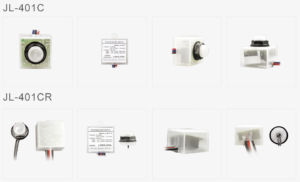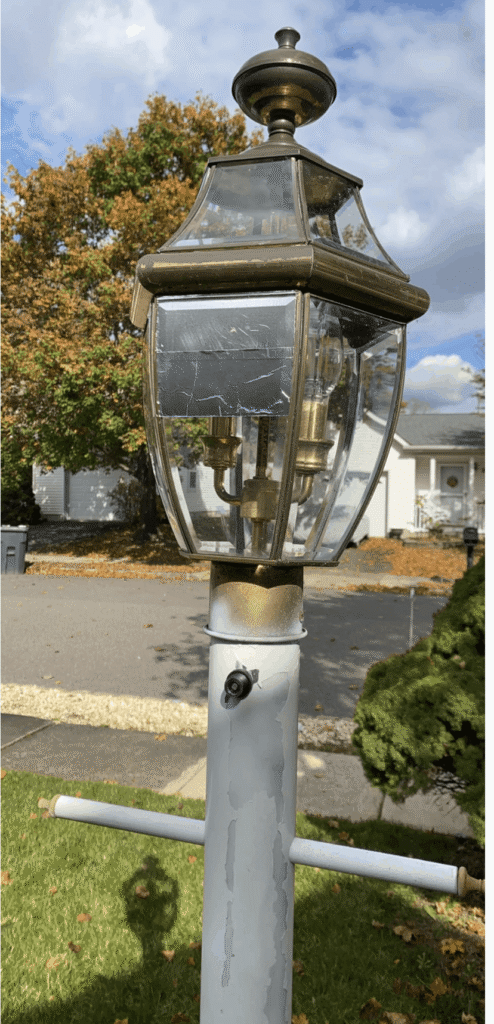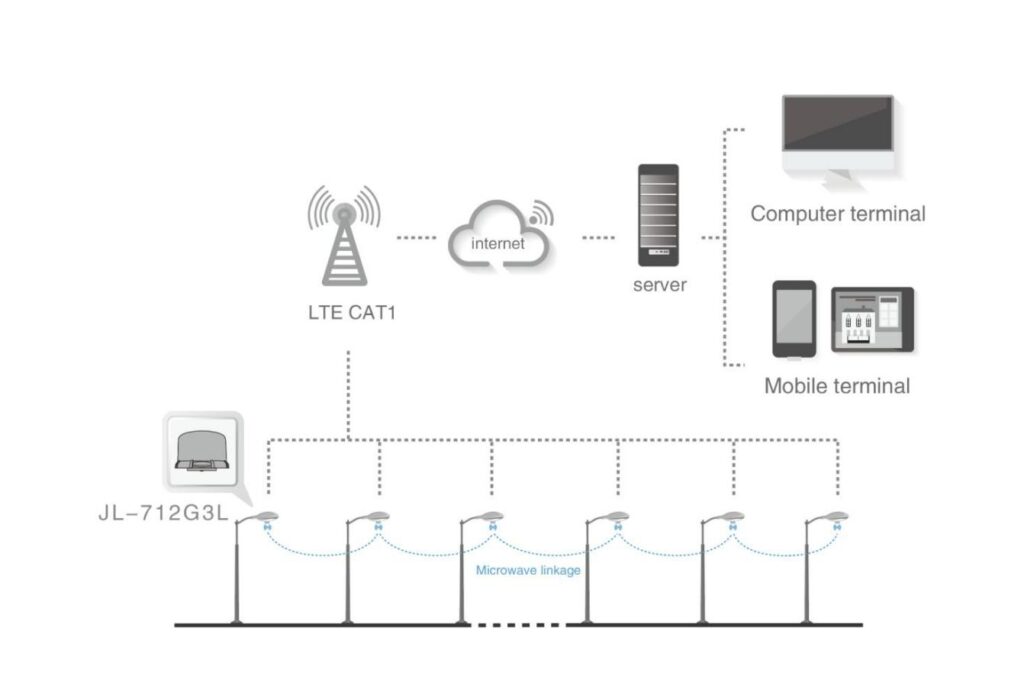Контур
- Введение
- Why Does the Choice of Переключатель датчика освещенности Matter in Street Lighting?
- What Are the Key Differences Between JL-401E(R) and JL-401C?
- Why Does JL-401E(R) Use an IR-Filtered Phototransistor?
- Why Does JL-401C Use a CdS Photoresistor?
- Which Контроллер уличного освещения Should You Choose for Your Project?
- How Does Long-Join Ensure Quality in Both Models?
- What Are Some Common Dusk-To-Dawn Photocell Installation Mistakes—and How to Avoid Them?
- Заключительные слова
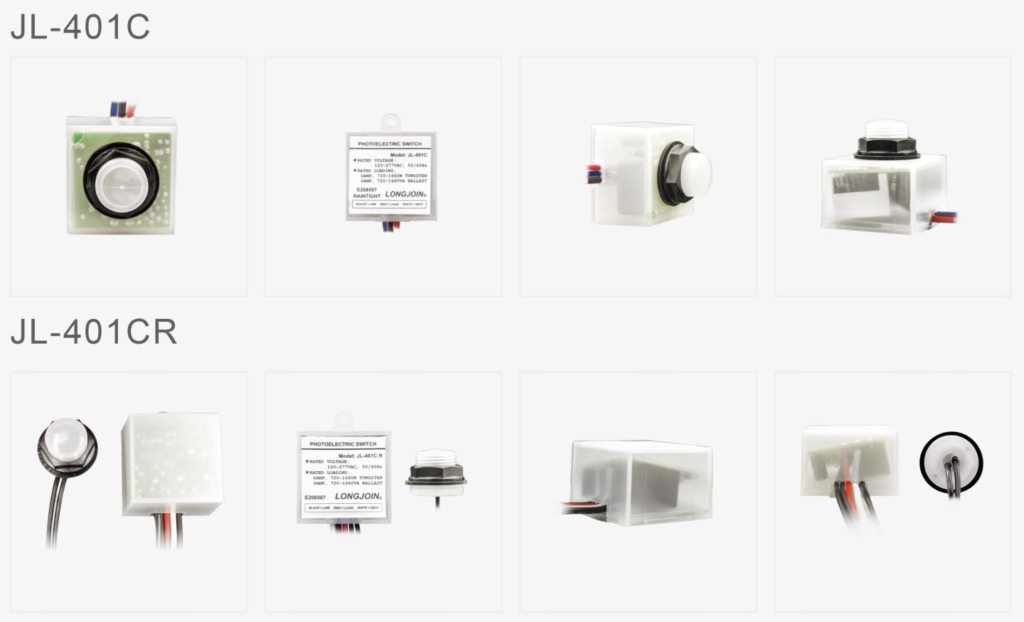
Выбор правильного photosensor switch for street lighting can be tricky. The wrong choice can cause false triggers, wasted energy, and higher maintenance costs. The JL-401 series offers two popular models:
- JL-401E(R)
- JL-401C
Each uses a different sensor technology, and each serves a different purpose. This guide breaks down their differences so you can select the perfect fit for your project.
Why Does the Choice of Переключатель датчика освещенности Matter in Street Lighting?
The right фотоэлектрический датчик is more than a technical choice. It shapes real-world performance. It controls how efficiently and reliably street lights turn on and off. It also impacts total operating costs.
Sensor Type Determines System Behavior
Light photocell switches sense ambient light. They activate lights only when needed. This cuts energy use and reduces wear on fixtures.
Contrarily, poor sensing, like switching lights on too early or too late, wastes power. It also disrupts planned lighting schedules.
Reliability and Durability Matter
High-quality sensors perform consistently in all weather and temperature conditions. They keep the lights operating as intended.
Low-quality or outdated управление освещением often drift over time. They may trigger lights at the wrong time or fail completely.
Cost Efficiency Depends on Accuracy
Accurate фотоэлементные выключатели save energy and reduce maintenance work. A cheaper sensor may cost less at first. But it can raise long-term expenses through inefficiency or breakdowns.
What Are the Key Differences Between JL-401E(R) and JL-401C?
| Особенность | JL-401E(R) | JL-401C |
| Тип датчика | Silicon phototransistor | CdS photoresistor |
| Точность | High — stable and accurate light detection | Moderate — suitable for general control needs |
| Скорость отклика | Faster switching time | Slower switching time |
| Прочность | Better long-term stability | May drift slightly over time |
| Типичный вариант использования | High-precision projects, sensitive lighting control, and harsh environments | Budget-conscious projects, standard lighting control |
| Расходы | Higher due to the advanced sensor | Lower for cost efficiency |
| Обслуживание | Minimal — longer service life | Easy to maintain due to simpler circuit design |
Why Does JL-401E(R) Use an IR-Filtered Phototransistor?

IR-filtered phototransistors mimic the human eye’s spectral response. They block unwanted infrared light. This means they detect ambient lighting more accurately, rather than reacting to stray infrared sources. This leads to precise, reliable day/night detection.
Anti-Interference
Urban streets are filled with infrared noise—headlights, reflections, and heat. IR filtering suppresses these false triggers. That helps lighting systems avoid unnecessary switching and improves stability under complex urban conditions.
Here is a table outlining some common interferences and how JL-401 handles them.
| Interference Source | Potential Impact on Photocell | IR Filter Effect |
| LED streetlights | False triggering | Blocks excess IR |
| Vehicle headlights | Unstable switching | Reduces glare impact |
| Security camera IR beams | Erratic response | Filters the non-visible spectrum |
| Reflected sunlight from glass | Delayed shutoff | Minimizes false light input |
Long-Term Stability
LEDs dim subtly over time. The IR-filtered phototransistor stays more stable against gradual changes in light, offering consistent responsiveness even as LEDs age. This reduces maintenance and avoids mis-switching due to gradual decay. (Built from principles of spectral and stability performance in IR-filtered devices.)
Ideal for Integration into Smart Lighting Systems
Fast, clean, and stable signals are essential in smart systems. IR-filtered phototransistors deliver both low noise and accurate data. That makes dimming, remote control, and energy management smoother and more efficient.
Why Does JL-401C Use a CdS Photoresistor?
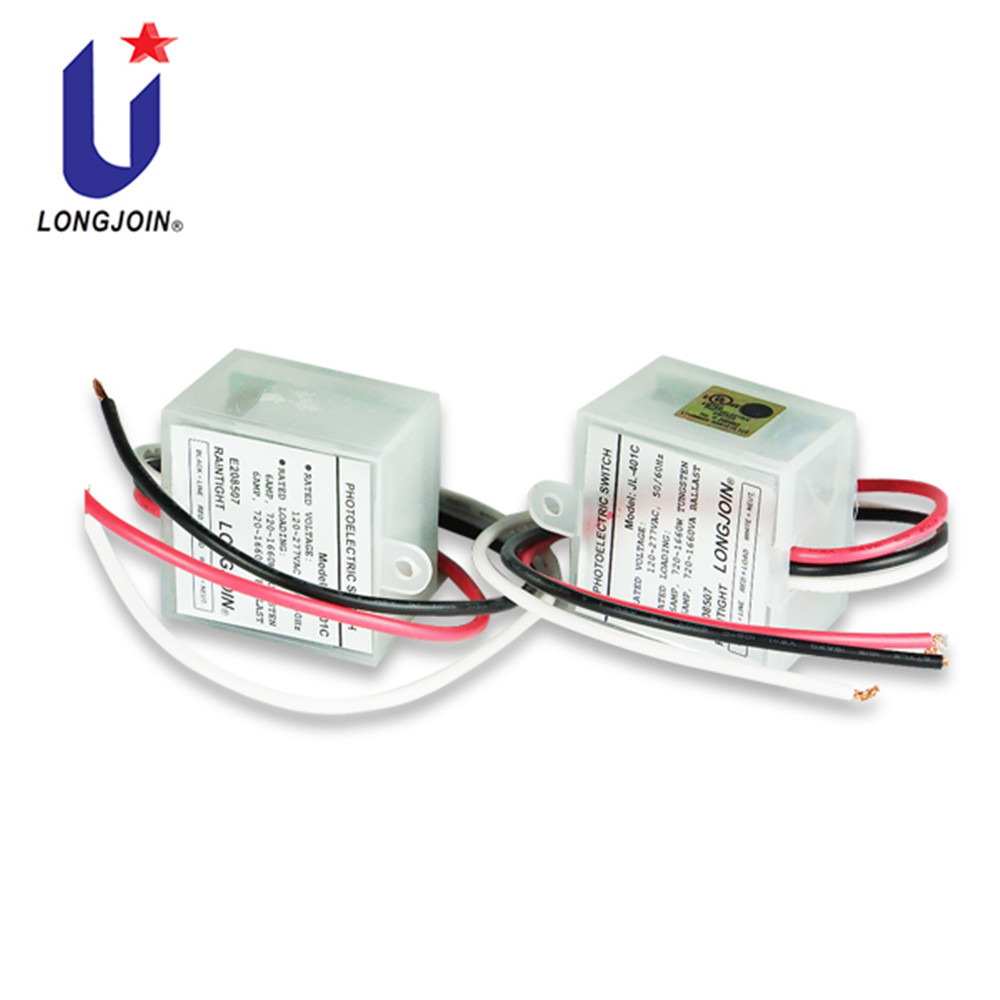
CdS photoresistors are inexpensive and simple to make. They offer a low-cost solution for light sensing. This makes JL-401C ideal for projects with tight budgets or large-scale deployment.
Adequate for Basic Lighting Control Needs
CdS cells change resistance based on visible light, turning lights on or off effectively. They serve “light or dark” switching, which fits basic outdoor or indoor lighting needs perfectly.
Simplified Circuitry
CdS photoresistors are passive, with no polarity and minimal circuitry. This simplicity cuts down on parts and eases troubleshooting. It also lowers the skill level needed for upkeep and replacement—great for straightforward lighting setups.
Which Контроллер уличного освещения Should You Choose for Your Project?
When Is JL-401C the Better Choice?
- On tight budgets: CdS-based sensors cost very little and work well for large-volume, cost-sensitive lighting installations.
- For basic on/off control: CdS photoresistors reliably switch lights based on ambient light without needing precision.
- When ease of repair matters: Simple, passive components like CdS cells make maintenance quick and inexpensive, perfect for DIY or low-tech setups.
When Is JL-401E(R) the Better Choice?
- In interference-heavy settings: IR-filtered phototransistors resist false triggering from vehicle headlights, reflections, or heat sources, ensuring accurate switching.
- Where rapid response matters: Phototransistors respond in milliseconds—far faster and more stable than CdS cells.
- For precision and consistency: The IR filter brings the sensor’s spectral sensitivity closer to human vision and boosts reliability—ideal for urban systems or where lighting consistency matters.
Quick Decision Guide
| Состояние | Recommended Model | Reason |
| Rural area with minimal interference | JL-401C | Cost-effective and simple |
| City center with high light pollution | JL-401E(R) | IR filter for precision |
| Coastal or high-humidity zone | JL-401E(R) | Better long-term stability |
| Budget-restricted municipal project | JL-401C | Low purchase and maintenance cost |
In summary, use JL-401C when projects need affordability and simplicity. Opt for JL-401E(R) when precision, speed, and interference resistance are priorities.
How Does Long-Join Ensure Quality in Both Models?
LongJoin has over 20 years of expertise in light-control devices. Their factory in Haiyan, Zhejiang, covers more than 38,000 m². Here is a quick overview of why they are the best.
- They support both semi-automated and manual production lines.
- They follow the ИСО 9001:2015 quality management system.
- They apply the 5S workplace organization method to keep production disciplined and consistent.
Processes include automated assembly, wave soldering, and ultrasonic welding. Separate zones handle assembly, soldering, debugging, and testing. Each step ensures that every unit meets strict specifications.
Further, the LongJoin holds multiple certifications—УЛ, CUL, СЕ, RoHS, FCC, Жага, и НЕМА ANSI. These confirm compliance with safety, environmental, and interoperability standards.

What Are Some Common Dusk-To-Dawn Photocell Installation Mistakes—and How to Avoid Them?
● 1. Incorrect Placement of the Sensor
Installing a фотоконтроллер in shade or near artificial light sources skews performance. The primary reason for this is false triggering. Positioning the sensor in unobstructed natural light is the way forward.
● 2. Poor Wiring
Incompatible voltages may cause wires to trip or system failure. Double-checking the wiring and voltage matching can be the saviour.
● 3. Interference from Nearby Light Sources
Environmental light pollution—like LED fixtures or passing headlights—can confuse a фотоэлектрический датчик. Avoid placing sensors where stray light can trigger or delay switching.
● 4. Environmental Obstruction
Dirt or foliage on the sensor blocks light detection. That drags accuracy down. Use weather-resistant units and clean the housing occasionally.
● 5. Wrong Orientation or Facing Direction
Pointing the sensor directly toward the sun ramps up false readings. For this, in the Northern Hemisphere, a north-facing orientation is ideal to avoid direct sunlight.
Заключительные слова
Reliable installation ensures photocells work at peak efficiency and last longer. Avoiding common mistakes saves both maintenance costs and energy. Чи-Клятва offers dependable JL-401E(R) and JL-401C models built for consistent, trouble-free operation. Their quality makes them a trusted choice for long-term lighting control needs.

